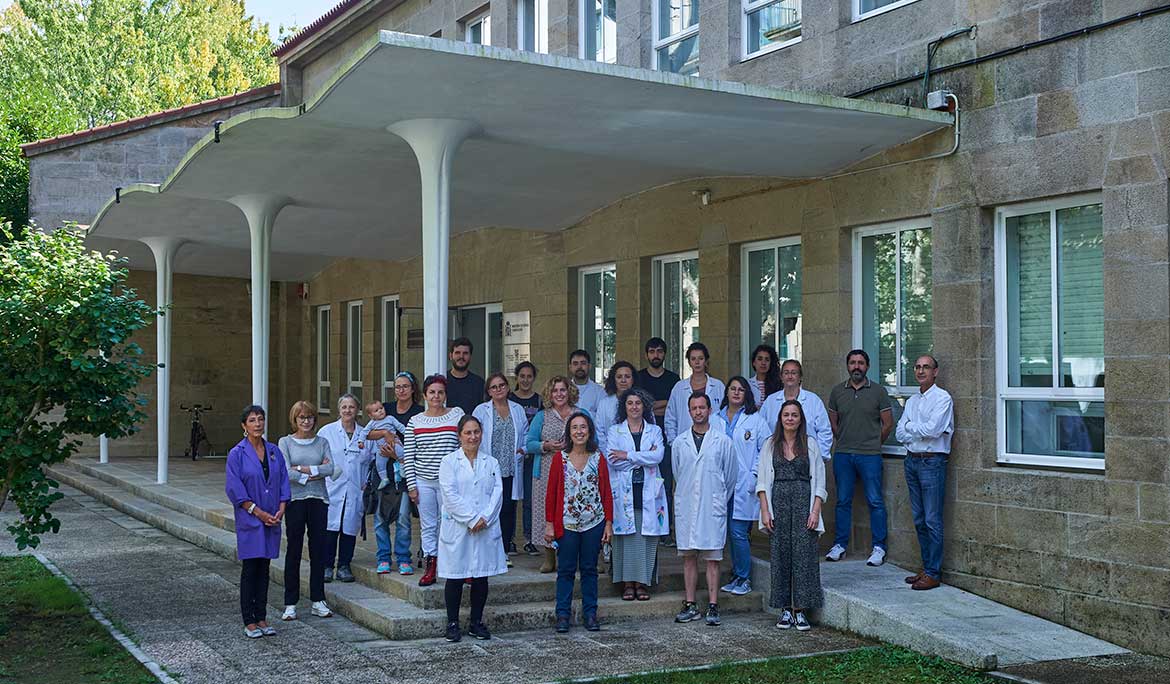Tipo de publicación:
Enlace a publicación:
https://www.iufro.org/science/divisions/division-2/20000/20900/20902/publications/.
Abstract
Micropropagated plants are frequently cultured in photomixotrophic conditions: under low light intensity, with limited CO2 availability, and using simple sugars (as sucrose) as a carbon source. The supplementation of sucrose does not only affect growth, but it is also involved in oxidative stress regulation and can influence acclimation and ex vitro performance. The aim of this study was to propagate two woody plants (plum and chestnut) with different concentrations of sucrose to gain a first insight in the ability of this sugar to induce changes in the level of phenolic and antioxidant compounds.
After culturing the shoots in liquid medium in photomixotrophic or photoautotrophic conditions growth parameters were recorded and phenolics and total antioxidants were quantified. In the first experiments, the initial explants were obtained from shoots grown in semisolid medium (SSM) with 3% sucrose (w/v) for both species. Then, plum shoots were cultured in liquid medium (LM) by temporary immersion, using RITA® bioreactors, whereas chestnut shoots were propagated in LM by temporary or continuous immersion, using planform™ and 6 L vessels adapted from food containers, respectively. Three concentrations of sucrose were evaluated (0, 1 and 3% in plum and 0.5, 1 and 3% in chestnut). The bioreactors were placed either under conventional lights providing a photosynthetic photon flux density (PPF) of 50 µmol m-2s-1 or under white LEDs to increase PPF to 150 µmol m-2s-1. In this latter case, CO2-enriched air was provided. In subsequent experiments, the explants were obtained from shoots cultured in SSM with 3% sucrose or from shoots cultured in LM with different sucrose concentrations.
The results obtained in plum suggest a direct relationship between the sucrose supplementation and the content of phenolic compounds, the antioxidant activity and the morphological development reached for the explants. The explants that performed better were those cultured with 3% sucrose under high PPF, followed by those cultured with 1% sucrose in the same conditions. In chestnut, the preliminary results indicate that phenolic compounds and antioxidant activities decreased with sucrose increment, showing the opposite trend than the one observed previously in plum. New experiments are in progress
in order to investigate the discrepancy found between the two species.
Grupos:
GRUPO DE REFERENCIA COMPETITIVA DE CONSERVACIÓN Y MEJORA DE SISTEMAS AGROFORESTALES
